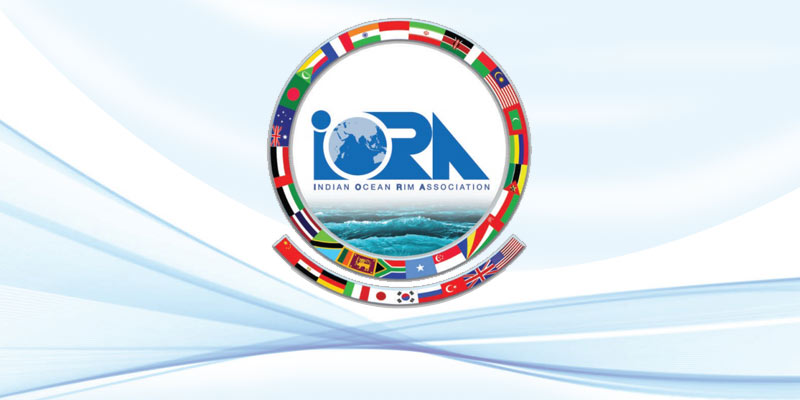- World
- Nov 25
Explainer / Indian Ocean Rim Association (IORA)
India participated in the 22nd Council of Ministers’ meeting of the Indian Ocean Rim Association (IORA) held in Dhaka.
The Indian delegation was led by Minister of State for External Affairs Dr.Rajkumar Ranjan Singh.
India voiced its strong commitment to the strengthening of the Indian Ocean Rim Association (IORA) to promote peace, security and prosperity in the Indian Ocean Region and in the wider Indo-Pacific.
The Council adopted the ‘IORA’s Outlook on the Indo-Pacific’ (IOIP) which would guide enhancement of IORA’s engagement in the Indo-Pacific region. India led the process of development of the IOIP.
What is the Indian Ocean Rim Association (IORA)?
• The Indian Ocean Rim Association (IORA) is an inter-governmental organisation formed in 1997 to foster regional economic cooperation. IORA has evolved into the peak regional group spanning the Indian Ocean.
• From its inception with 14 member states, the membership has expanded to 23 countries: Australia, Bangladesh, the Comoros, France, India, Indonesia, Iran, Kenya, Madagascar, Malaysia, Maldives, Mauritius, Mozambique, Oman, Seychelles, Singapore, Somalia, South Africa, Sri Lanka, Tanzania, Thailand, the United Arab Emirates and Yemen.
• IORA has 10 dialogue partners: China, Egypt, Germany, Italy, Japan, Turkey, Russia, South Korea, the United Kingdom and the United States of America.
• IORA became an observer to the UN General Assembly and the African Union in 2015.
• Decisions made within IORA are reached by consensus and commitments are undertaken on a voluntary basis.
• IORA’s apex body is the Council of Foreign Ministers (COM) which meets annually.
• The IORA Secretariat is based in Mauritius. It is headed by a fixed term Secretary-General.
• India is one of the founding members of IORA.
The Indian Ocean
• As the third largest ocean woven together by trade routes, commands control of major sea-lanes carrying half of the world’s container ships, one third of the world’s bulk cargo traffic and two thirds of the world’s oil shipments, the Indian Ocean remains an important lifeline to international trade and transport.
• The ocean lies at the heart of the economic and civilisational impulses that stretch from the eastern and southern shores of Africa all the way up to Australia.
• Home to nearly 2.7 billion people, member states whose shores are washed by the ocean are rich in cultural diversity and richness in languages, religions, traditions, arts and cuisines.
• They vary considerably in terms of their areas, populations and levels of economic development. They may also be divided into a number of sub-regions (Australasia, Southeast Asia, South Asia, West Asia and Eastern & Southern Africa), each with their own regional groupings (such as ASEAN, SAARC, GCC and SADC, to name a few). Despite such diversity and differences, these countries are bound together by the Indian Ocean.
• India, being strategically located in the Indian Ocean Region with an extensive coastline and presence of several islands, has a long maritime tradition. This has helped the country to forge deep rooted commercial, cultural and religious ties with countries in the region over centuries and evolve a vision that encompasses the interests of all.
Manorama Yearbook app is now available on Google Play Store and iOS App Store

